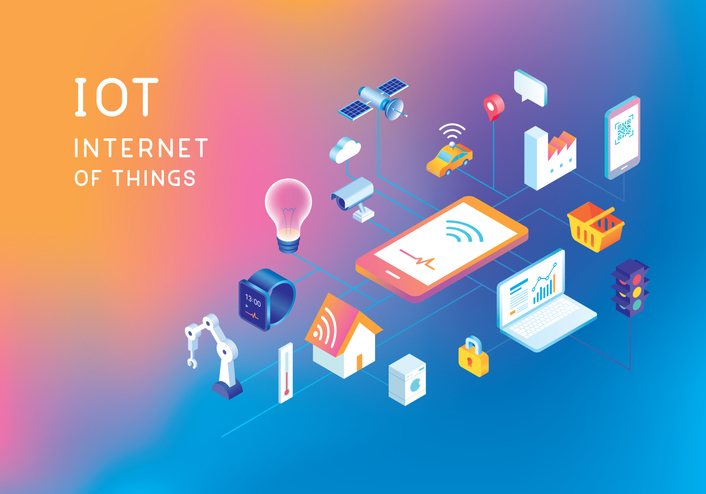
Connecting the Dots: Unleashing the Power of IoT
Understanding the Internet of Things (IoT)
At the forefront of technological innovation, the Internet of Things (IoT) is transforming the way we interact with the world. IoT refers to a network of interconnected devices that can communicate and share data seamlessly. This paradigm shift is ushering in a new era of efficiency, convenience, and intelligence.
The Pervasive Impact of IoT
The influence of IoT extends far beyond the realm of smart homes and wearable devices. Industries are leveraging IoT to optimize processes, monitor equipment, and enhance overall productivity. From smart cities with connected infrastructure to industrial applications streamlining operations, the impact of IoT is pervasive and transformative.
Smart Homes and Everyday Living
In our daily lives, IoT has become synonymous with smart homes. From thermostats that learn our preferences to refrigerators that order groceries, IoT devices are making our living spaces more intuitive and responsive. The seamless integration of technology into our homes is just the tip of the iceberg in the IoT revolution.
IoT in Healthcare
Healthcare is witnessing a profound transformation with the integration of IoT. Connected medical devices and wearables are monitoring vital signs, providing real-time data to healthcare professionals. This proactive approach to healthcare allows for early detection of issues and personalized treatment plans, ultimately improving patient outcomes.
Challenges on the Horizon
As the IoT landscape expands, challenges arise, particularly concerning security and privacy. The vast amount of data generated by interconnected devices raises concerns about unauthorized access and potential breaches. Striking a balance between innovation and safeguarding user privacy becomes paramount to ensuring the continued growth and acceptance of IoT technologies.
[Explore more about the transformative power of IoT at nyneighbor.com.]
IoT and the Industrial Landscape
Industries are undergoing a paradigm shift with the adoption of IoT. Smart factories equipped with sensors and connected machinery are revolutionizing manufacturing processes. Predictive maintenance, real-time monitoring, and supply chain optimization are just a few ways IoT is enhancing efficiency and reducing costs in the industrial landscape.
The Role of Edge Computing in IoT
Edge computing is emerging as a critical component in the IoT ecosystem. By processing data closer to the source (devices) rather than relying solely on centralized cloud servers, edge computing reduces latency and enhances real-time decision-making. This development is instrumental in optimizing the performance and responsiveness of IoT applications.
Future Horizons of IoT
Looking ahead, the future of IoT holds exciting possibilities. The integration of 5G technology will further enhance the speed and connectivity of IoT devices, unlocking new potentials. From smart transportation systems to innovative applications in agriculture, the breadth of IoT applications is set to expand, creating a more interconnected and intelligent world.
Consumer Impact and Adoption
As IoT becomes more ingrained in our daily lives, consumer awareness and adoption are crucial factors. Education on the benefits and potential risks of IoT, coupled with user-friendly interfaces, will contribute to widespread acceptance. The seamless integration of IoT into our routines will redefine how we interact with technology on a fundamental level.
Conclusion: A Connected Tomorrow
In conclusion, the Internet of Things is not just a technological trend; it’s a paradigm shift that is reshaping industries, healthcare, and our daily lives. The interconnectedness of devices is creating a fabric of intelligence, optimizing processes and enhancing overall experiences. While challenges persist, the transformative power of IoT is undeniable, pointing towards a connected tomorrow filled with innovation and efficiency.